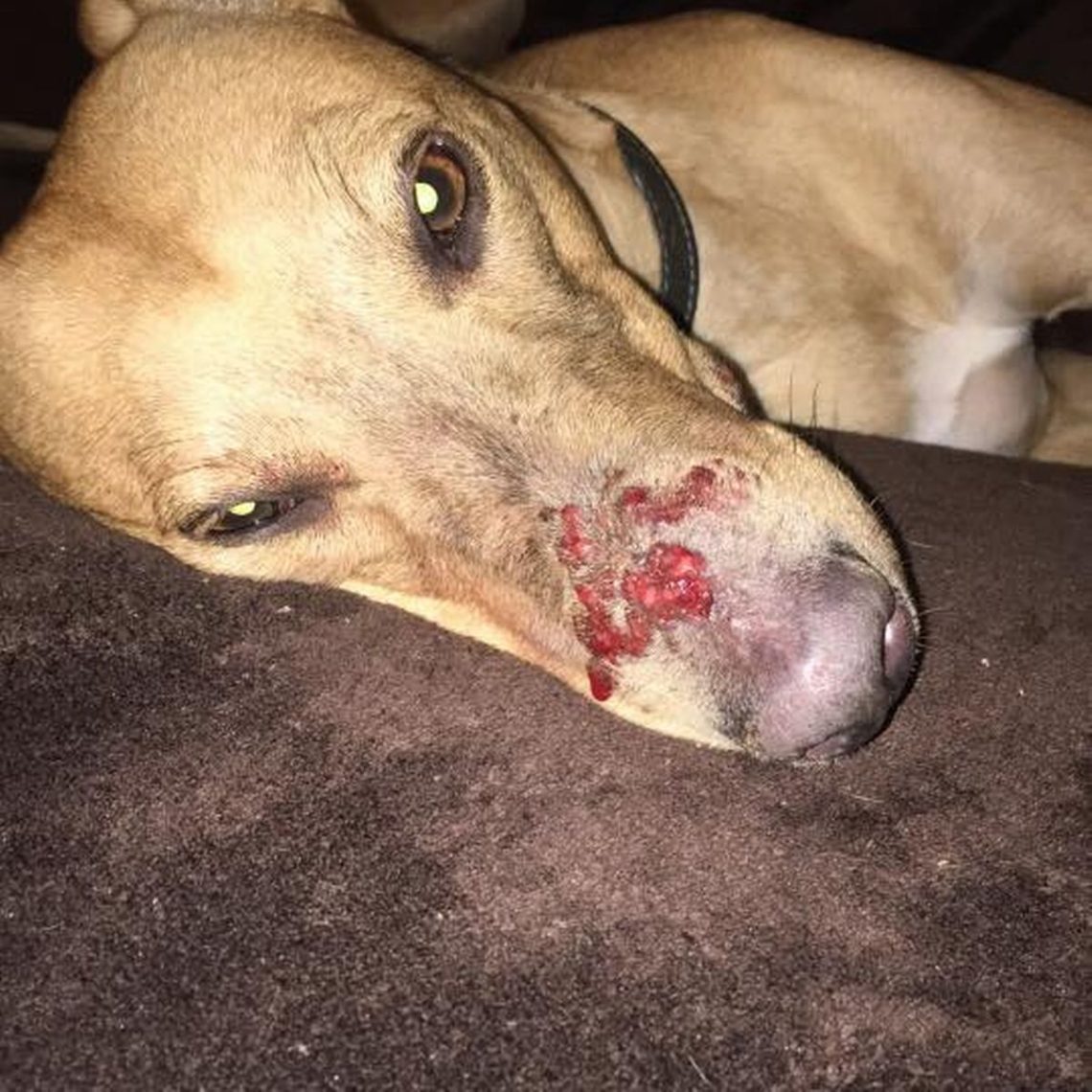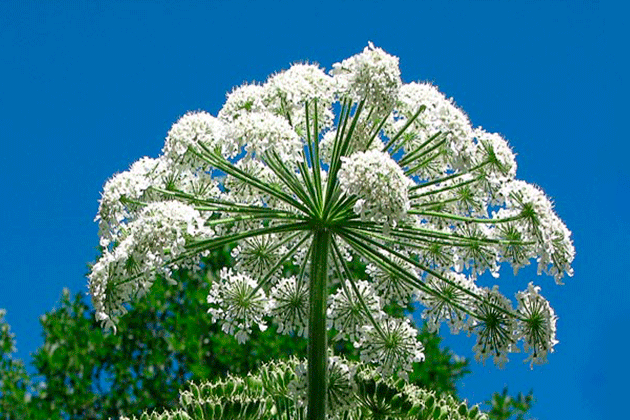
Aja ati hogweed

Hogweed is a genus of plants in the Apiaceae family. There are many types of hogweed, among them there are both safe and even edible, and dangerous ones. Dangerous species include Mantegazzi hogweed and Sosnovsky’s hogweed, the latter just grows mainly in the European part of Russia, Western Siberia, Ukraine, Belarus, and the Baltic countries. Sosnovsky’s hogweed is a large, 1,5-3 meters tall, sometimes up to 4 meters, plant, with a thick furrowed stem in brown or purple spots, trifoliate or pinnately dissected leaves over a meter in size, and an inflorescence in the form of an umbrella up to 80 cm in diameter , with small white or pale pink flowers. Hogweed blooms from July to August. Since the 40s of the XNUMXth century, Sosnovsky’s hogweed has been cultivated in the USSR as a fodder plant, but there were no positive results, and it was decided to stop cultivation. After the weakening of control, the cow parsnip began to spread into the wild, becoming an aggressive invasive species, almost completely destroying the ecosystem into which it entered. Moreover, the cow parsnip not only physically suppresses other vegetation, shading it, but also releases substances that inhibit the germination of seeds of other plants. Sosnovsky’s hogweed usually grows on the banks of rivers, lakes, lowland meadows, forest edges, wastelands, on the edges of fields and on roadsides, forming dense dense thickets. The danger of Sosnovsky’s hogweed is in its clear juice – it contains furanocoumarins – photosensitive substances that, when it comes into contact with the skin and mucous membranes, make them more susceptible to ultraviolet radiation, resulting in burns. In addition, hogweed juice, even in the form of an aerosol, and its pollen can harm the body, causing swelling of the upper respiratory tract and eye irritation. Therefore, you need to be very attentive to the places where you walk with the dog – dogs, just like humans, can get burned by running through the thickets of hogweed, or trying to gnaw its stems. Short-haired and hairless breeds can get extensive burns of almost the entire body, dogs with long hair are less prone to burns, but nevertheless, exposed areas of the body (nose, ears, paws) and the mucous membranes of the eyes and mouth can be affected. The burn does not appear immediately, but only after a few hours – at first the skin turns red, a little later swelling, itching and pain increase, a blister filled with liquid forms. If it gets on the mucous membranes of the nose and mouth, swelling and ulceration are observed, but if the juice gets into the eyes, a burn can lead to ulcers and blindness. Such burns heal for a very long time, up to a year, after healing a scar remains. If it was noticed that the hogweed juice got on the dog, you need to isolate this place from sunlight as soon as possible, and then, out of sunlight, thoroughly wash the place with soap, preferably with gloves, and treat with an antiseptic. After that, anti-burn agents are applied to the skin. Give the dog antihistamine tablets – suprastin or tavegil. For at least two days, it is necessary to protect the place where the juice gets from the sun, not to let it lie in the sun and take it out for a walk in a T-shirt, overalls, or, if the burn is not on the body, cover it with a scarf or bandage.





